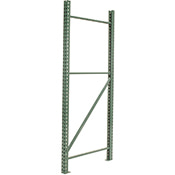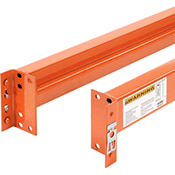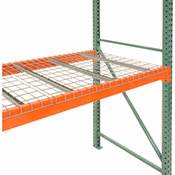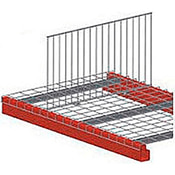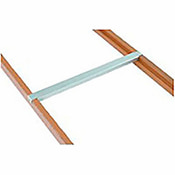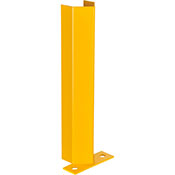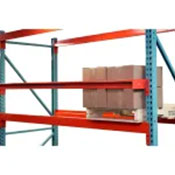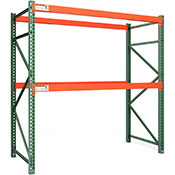Pallet Racks & Components
Pallet Racks Systems
Shop All Categories
Knowledge Center Resources
Racking your brain for pallet rack answers? Maybe we already have them.
What are the main components of pallet racks?
What are OSHA requirements for warehouse racking?
The design, testing, and utilization of pallet racking falls under the American National Standards Institute (ANSI) standard MH16.1:2021.
*Note that there are ANSI Standards for all types of racking systems.*
What are the most important considerations with pallet racking?
Do pallet racks have to be anchored?
Yes, they do. The racking manufactures require it, all building codes will require it, and if OSHA inspector comes in and observes that it is not, then OSHA will trigger the General Duty clause and determine that it is a recognized hazard that you are not protecting your employees from.

